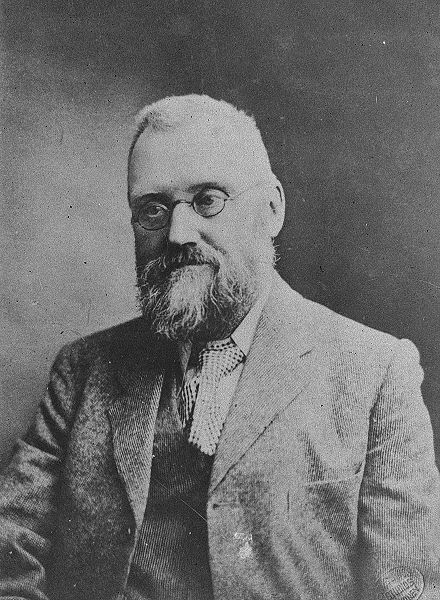Cuppacumbalong is an historic homestead located near the southern outskirts of Canberra in the Australian Capital Territory. It is also the name of a former 4,000-acre (16 km2) sheep and cattle grazing property that surrounded the homestead near the junction of the Murrumbidgee and Gudgenby Rivers. The word Cuppacumbalong is Aboriginal in origin and means 'meeting of the waters'. One of the property's early owners Leopold Fane De Salis made a noteworthy contribution to political life during colonial times and furthermore, Cuppacumbalong has strong connections to the life of William Farrer, the father of the Australian wheat industry.
Count Leopold, his wife and children, circa 1870.
Count Leopold, aged c77. Photograph taken in Uxbridge, Middlesex, west of London, 1893.
Gum trees and staffage, a De Salis photo, circa 1880.
Count Leopold de Salis in an Australian garden, Cuppacumbalong or Lambrigg (?), circa 1890.
William James Farrer was a leading English Australian agronomist and plant breeder. Farrer is best remembered as the originator of the "Federation" strain of wheat, distributed in 1903. His work resulted in significant improvements in both the quality and crop yields of Australia's national wheat harvest, a contribution for which he earned the title 'father of the Australian wheat industry'.
William Farrer
Nina Farrer (1848–1929).
William Farrer is remembered in Queanbeyan bust sculpture by Rayner Hoff.
William Farrer Hotel in Wagga Wagga








